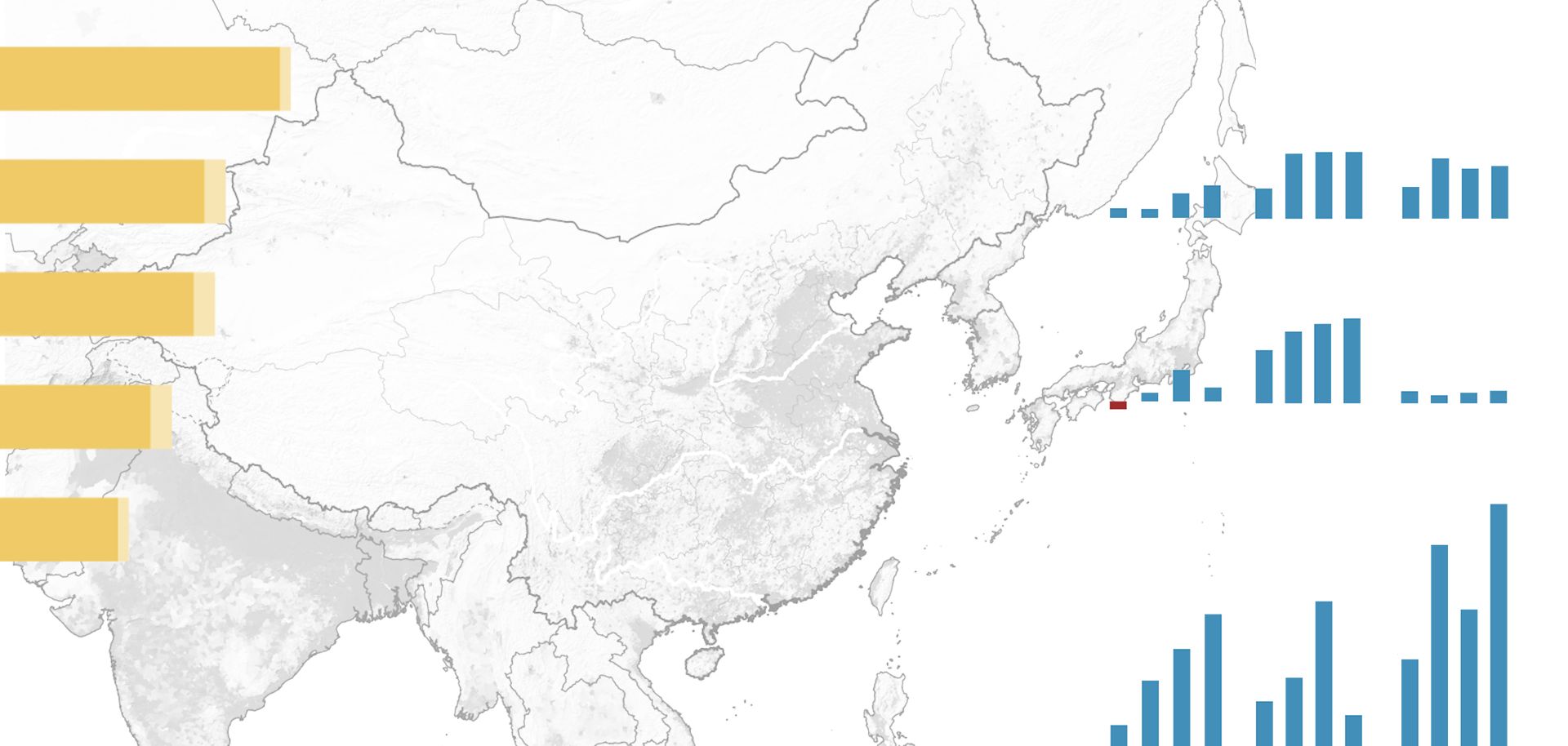
Laos is a landlocked country in the center of Indochina, surrounded by Cambodia, China, Myanmar, Thailand and Vietnam. This position makes Laos the crossroads for trade in the region, but it also dooms the Laotian economy to dependency on a major benefactor and means that Laotian territory is seen by its neighbors mainly as a buffer between one another. In ancient times, this buffer role meant Laos was frequently invaded by its neighbors, but now it means that they compete for influence in the country. Formerly a Soviet-style command economy, Laos introduced the "new economic mechanism" in 1986 in order to reorient itself toward a market economy and spark economic growth. It slowly began allowing the emergence of private enterprises and foreign participation in its economy, and it gradually integrated with international institutions. Vientiane joined the Greater Mekong Subregion economic area, the Association of Southeast Asian Nations (ASEAN) and the ASEAN Free Trade Area. It applied for membership in the World Trade Organization, signed a number of regional free-trade agreements and opened its stock market in January 2011. Laos remains poor and largely dependent on agriculture and foreign aid, but it has enjoyed an average economic growth rate of about 6 percent between 1988 and 2008, thanks to increasing foreign investment. Today the countries of Southeast Asia are more interconnected, particularly the countries along the Mekong River. Vientiane hopes to use this opportunity to boost prosperity by transforming itself into a "corridor country," liberalizing its economy, breaking down investment barriers and campaigning for trans-Asian transportation projects like a $7 billion high-speed rail network intended to link China's Yunnan province to Vientiane and eventually Thailand, Malaysia and Singapore.


